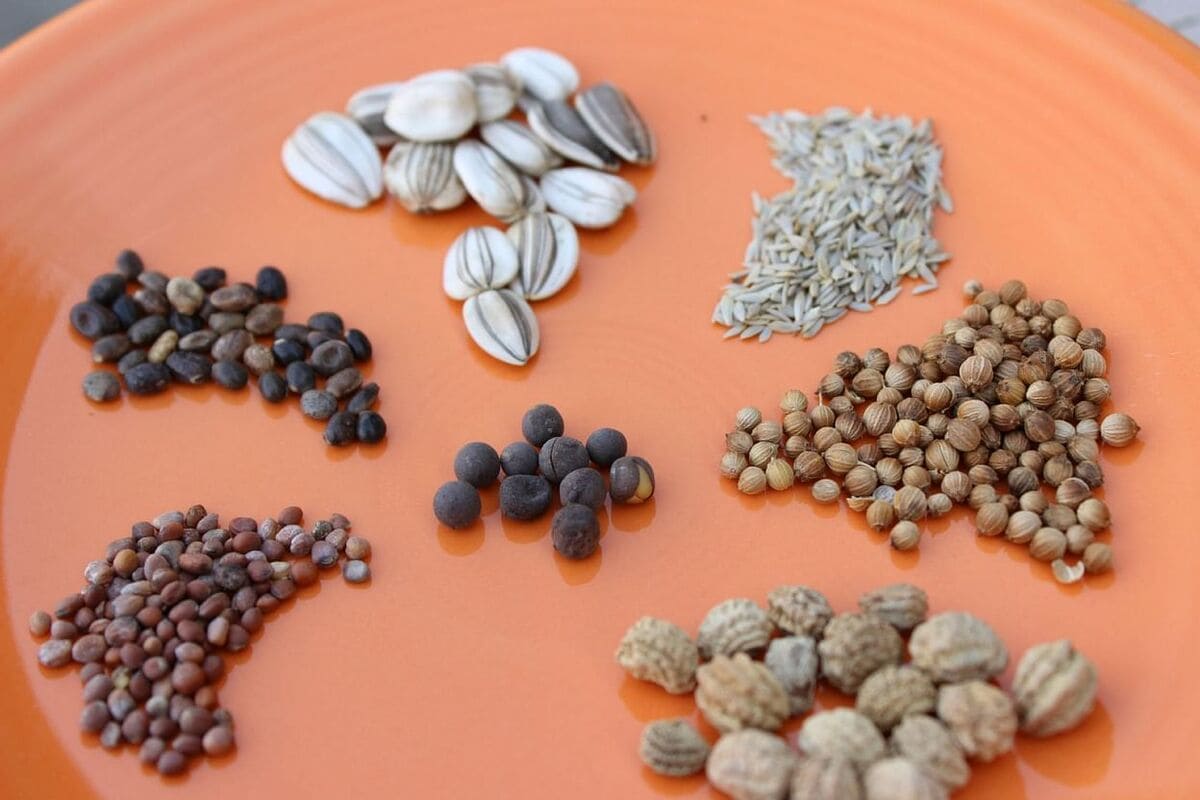There has been an increase in the usage of wildflower seeds in habitat development as well as restoration initiatives. In order to enhance natural landscapes and encourage biodiversity, a variety of conservation organizations have argued in favour of these services. The widespread use of seed mixtures that are generic, however, has raised concerns and has led to a push for more environmentally friendly substitutes like the green grass and natural regeneration. Wildflower seeds, also known as wild seed combinations are now a common choice for those who wish to add some variety and energy to their natural environment. They are a range in native wildflowers, each one with distinct aesthetic characteristics as well as ecological benefits. They are vital to the establishment of sustainable and long-lasting habitats for regional wildlife. Wildflower seeds are typically scattered across a specific area by using seed mixtures. If you are looking to learn more about emorsgate seeds, explore the above site.
This method is employed because of its efficacy and its simplicity. It permits many varieties of wildflowers to grow and germinate and transform the area into a dazzling array of colors and textures. Whether it is a meadow, woodland or marsh the wild seed blends are carefully selected to fulfill the particular needs of the area. The ecological relevance of wildflower seeds contributes to their appeal, in addition to their visual appeal. They provide a range in species including birds, butterflies, and bees, food as well as shelter. Wild seed mixtures’ diversity of species can support a complex food web that ensures the survival of a broad range of living things. Conservationists, meanwhile, are becoming increasingly concerned by the increasing popularity of common seed mixtures. When these mixtures are planted, some aggressive species may become dominant and push out those native plants that are more tolerant. This can upset the ecosystem’s delicate equilibrium and result in a decline in biodiversity. Numerous conservation organisations have been promoting alternative methods, such as natural regeneration, in order to resolve the issues.
This approach removes the need to plant seeds and allows native wildflowers to thrive and spread spontaneously. This laissez faire method works especially well in places where there is still the healthy seed of native plants bank in the soil. Green hay is another environmentally beneficial option. This involves the removal of natural wildflowers and grasses from their healthy, natural habitats, removing them, and spreading them over barren and damaged regions. The green hay has seeds which, if they germinate and grow, could form new populations and aid in the conservation of the environment without introducing alien species. Wildflower seeds and combinations of wild seeds can be a great method to increase biodiversity and revitalise natural environments. Natural regeneration and green hay are two more environmentally friendly alternatives being promoted because of concerns about the extensive use of seed mixtures that are generic. These are vital to preserving the delicate environmental balance and guaranteeing the survival of local wildlife.





